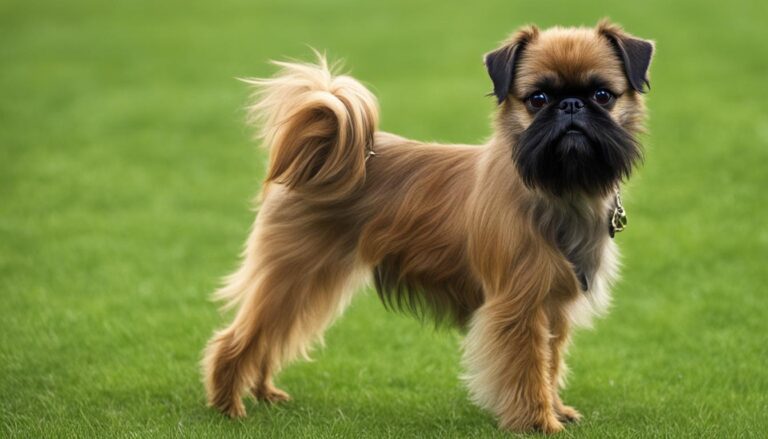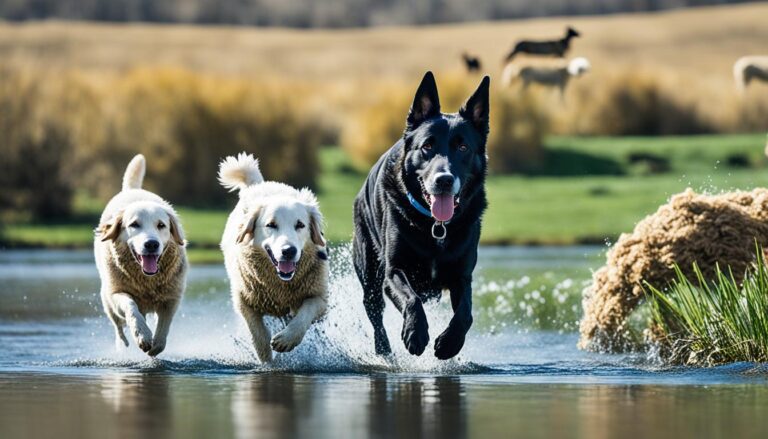Comprehensive Guide to Choosing the Right Dog: The Essential Questions to Ask Yourself
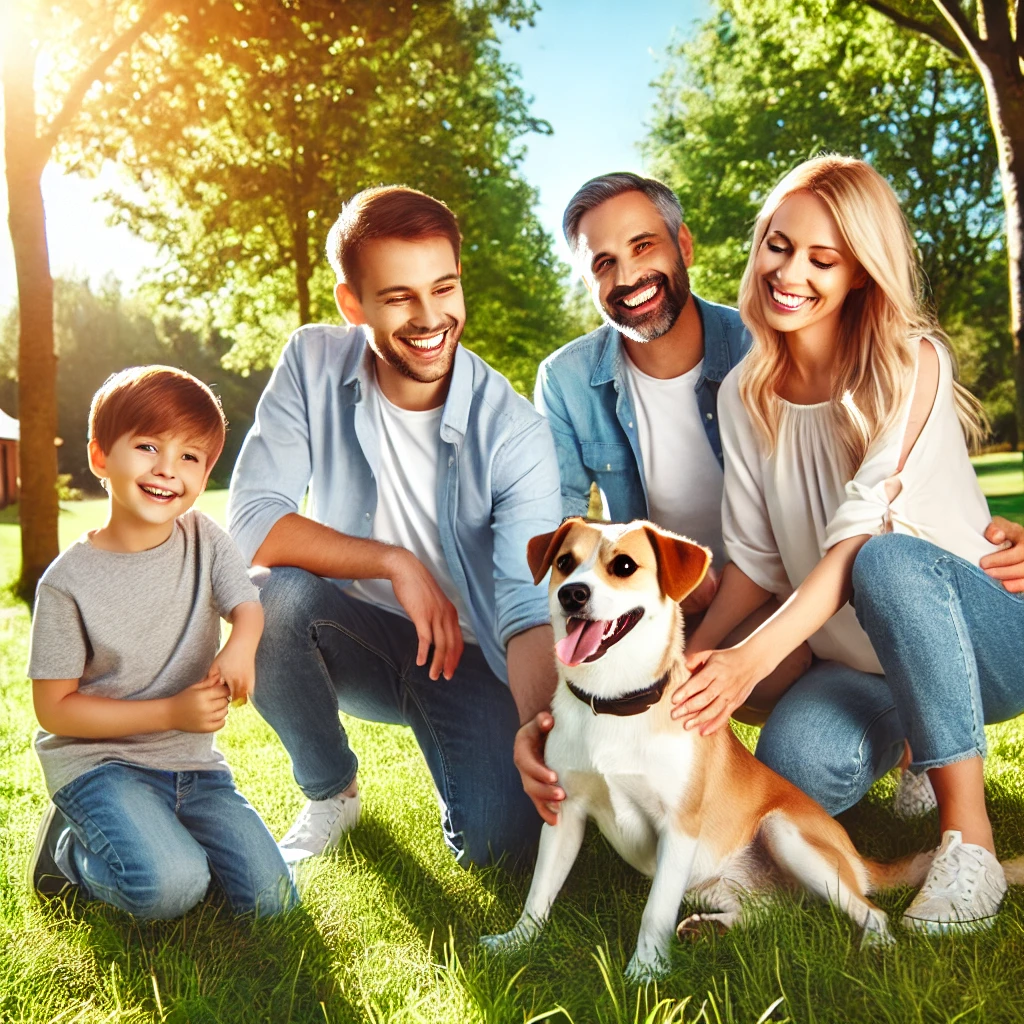
As a certified dog trainer with over a decade of experience working with various breeds and families, I’ve seen firsthand the joy that a well-matched dog can bring to a household. I’ve also witnessed the challenges that arise when a dog’s needs don’t align with its owner’s lifestyle. That’s why I’ve partnered with the American Kennel Club (AKC) to bring you this comprehensive guide on choosing the right dog for you.
Introduction
Bringing a dog into your life is a decision that shouldn’t be taken lightly. It’s a commitment that can span over a decade and involves significant emotional and financial investment. The right dog can be a loyal companion, a source of joy, and even a positive influence on your health and well-being. However, the wrong match can lead to frustration, stress, and in some cases, the heartbreaking decision to rehome the pet.
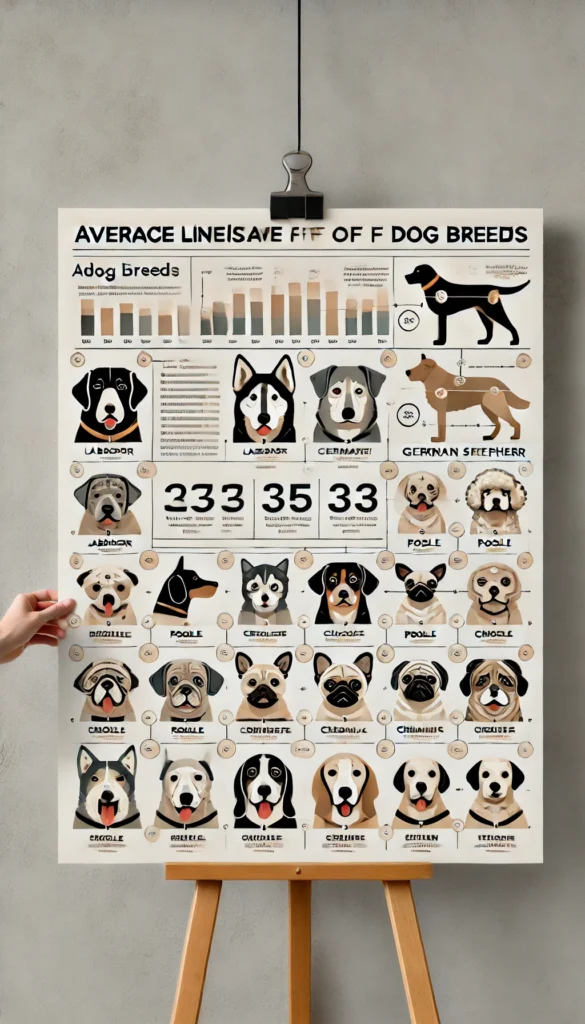
In this guide, we’ll walk you through five crucial questions you need to ask yourself before welcoming a furry friend into your home. By the end of this article, you’ll have a clear understanding of what dog ownership entails and be better equipped to make an informed decision.
1. What’s Your Schedule Like?
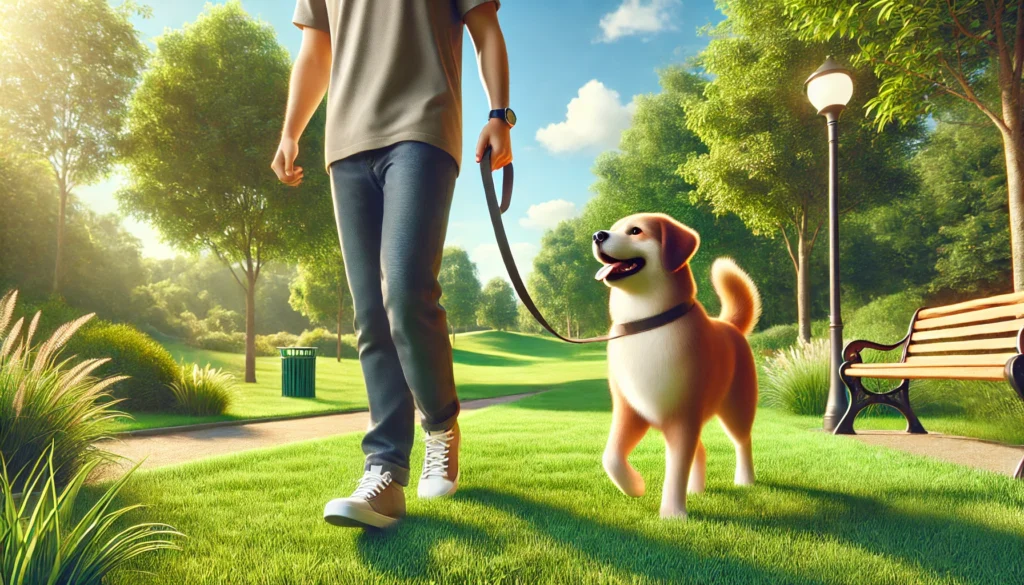
One of the most critical factors in successful dog ownership is having enough time to devote to your pet. Dogs are social animals that require daily interaction, exercise, and care. Let’s break down the time commitment involved:
Daily Exercise
At a minimum, most dogs need at least two 15-minute walks per day. However, this is just a baseline. Many breeds, especially those in the sporting, herding, or working groups, require significantly more exercise. For example, a Border Collie or a Vizsla might need 1-2 hours of vigorous exercise daily to stay happy and healthy.
**Pro Tip:** Be honest with yourself about your energy levels and available time. If you’re a busy professional or have a hectic family life, a high-energy dog might not be the best fit.
### Training and Mental Stimulation
Physical exercise isn’t the only time commitment. Dogs also need mental stimulation and training. Plan for:
– 10-15 minutes of obedience training daily, especially for puppies and young dogs
– Interactive play sessions for mental stimulation
– Socialization time with other dogs and people (crucial for puppies)
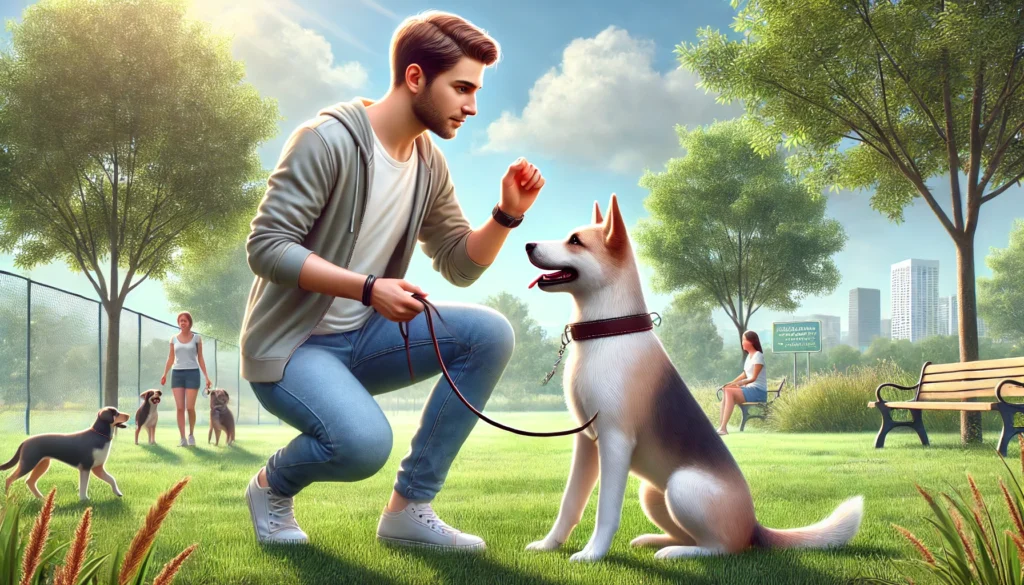
House Training and Puppy Care
If you’re considering a puppy, be prepared for an intensive first few months. Puppies need frequent bathroom breaks – sometimes as often as every 2 hours initially. They also require constant supervision to prevent destructive behavior and accidents.
Travel Considerations
Do you travel frequently for work or pleasure? While it’s certainly possible to own a dog and travel, it requires additional planning and potentially added expenses. Consider:
– The cost and availability of pet sitters or boarding facilities
– Whether your preferred travel destinations are pet-friendly
– Some breeds may be more adaptable to travel than others
**Real-life Example:** Sarah, a consultant who travels weekly for work, successfully owns a Cavalier King Charles Spaniel. She has a regular dog walker and has built a network of trusted pet sitters. However, she opted for a small, adaptable breed that can occasionally accompany her on trips.
2. Is There Room in Your Budget?
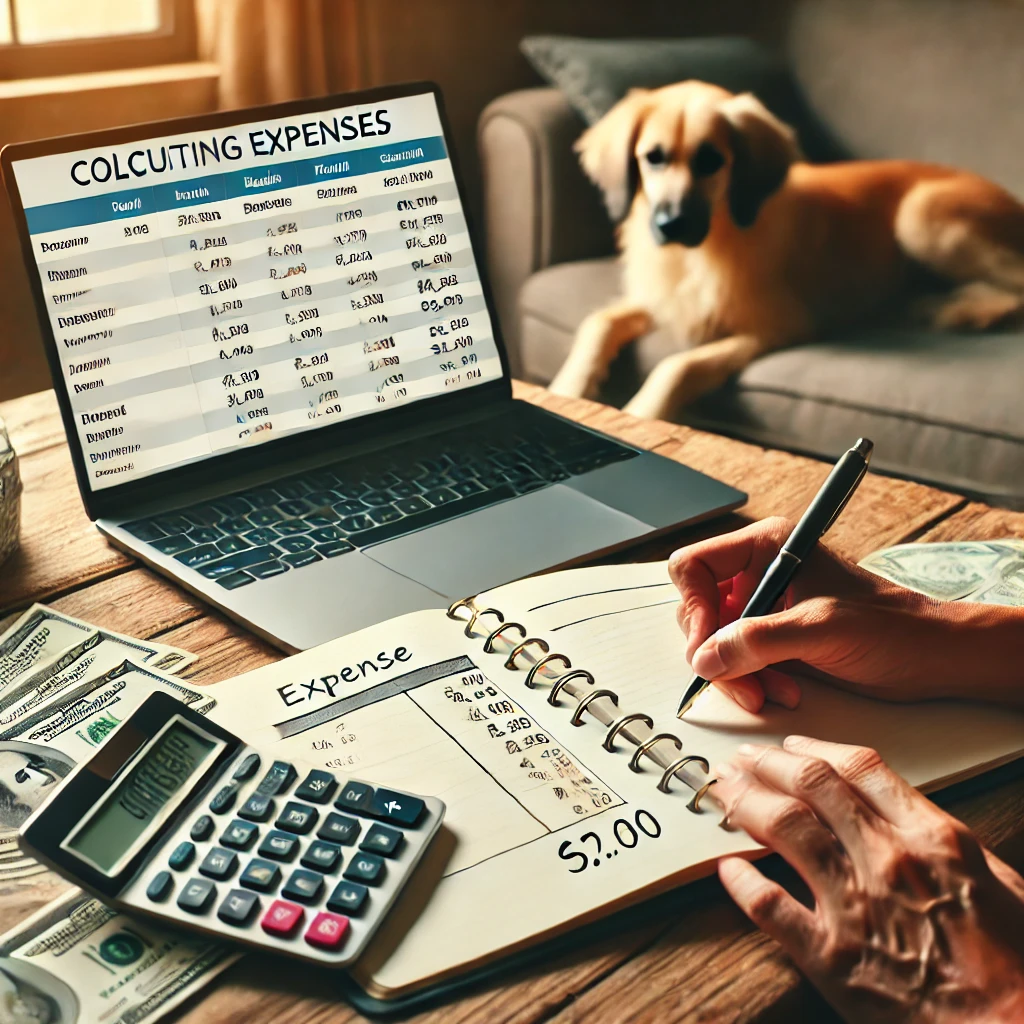
Dog ownership is a significant financial commitment. The AKC estimates that over 10 years, you might spend between $27,074 and $42,545 on your dog. Let’s break down these costs:
`
Medical Expenses
– Annual check-ups: $200-$400
– Vaccinations: $75-$100 per year
– Spaying/neutering: $200-$800 (one-time cost)
– Emergency vet visits: Budget for unexpected expenses
**Expert Insight:** Dr. Jessica Lee, DVM, emphasizes, “Regular preventive care can save you money in the long run by catching health issues early.”
Food and Supplies
Food: $250-$700 per year (varies greatly depending on the size of the dog and quality of food)
– Toys and accessories: $25-$150 per year
– Bedding, crates, leashes: Initial costs can be $100-$500
Grooming
Grooming costs can vary dramatically based on the breed:
– Professional grooming: $30-$500 per year
– At-home grooming supplies: $50-$100 per year
Training and Behavior
– Training classes: $50-$200 per course
– Private training sessions: $50-$100 per hour
### Optional Expenses
– Pet insurance: $200-$600 per year
– Dog walking services: $15-$25 per walk
– Boarding: $25-$85 per night
**Pro Tip:** Create a “dog fund” and start setting aside money before you bring your pet home. This can help cushion the impact of initial costs and prepare you for unexpected expenses.
3. Are You Drawn to a Certain Breed?
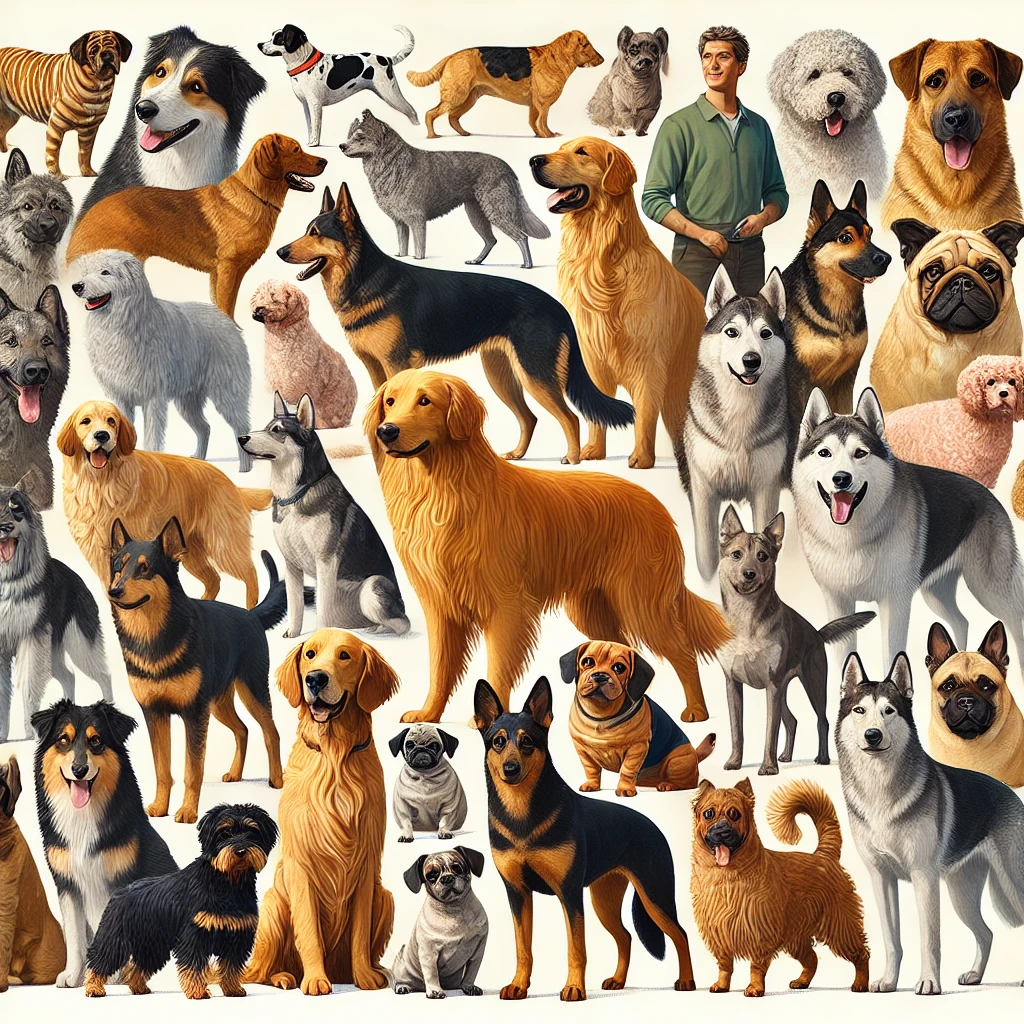
It’s common to be attracted to certain breeds based on appearance or reputation. However, it’s crucial to look beyond these surface-level factors and consider whether a breed’s characteristics align with your lifestyle.
Understanding Breed Traits
Each breed has been developed for specific purposes, which influence their personality, energy level, and care requirements. Here’s a brief overview of the seven AKC breed groups:
Here is the pie chart visualizing the distribution of different dog breed groups based on the provided data. If you need any further customization or additional visualizations, feel free to let me know!
1. Sporting Group (e.g., Retrievers, Spaniels): Active, require regular exercise
2. Hounds (e.g., Beagles, Basset Hounds): Independent, may have strong prey drive
3. Working Group (e.g., Boxers, Rottweilers): Intelligent, need mental stimulation
4. Terrier Group (e.g., Jack Russell, Scottish Terrier): Energetic, may be stubborn
5. Toy Group (e.g., Chihuahua, Pomeranian): Small, often good for apartments
6. Non-sporting Group (e.g., Bulldogs, Poodles): Diverse group with varied needs
7. Herding Group (e.g., Border Collie, German Shepherd): Intelligent, may try to herd family members
**Expert Insight:** Dr. James Thompson, animal behaviorist, notes, “While individual dogs may vary, understanding breed tendencies can help you anticipate potential challenges and choose a dog that fits your lifestyle.”
Matching Breeds to Lifestyles
Consider these factors when evaluating breeds:
– Living space: Do you have a large yard, or do you live in an apartment?
– Activity level: Are you a couch potato or an avid hiker?
– Grooming commitment: Are you willing to brush your dog daily or pay for regular professional grooming?
– Noise tolerance: Can you handle a vocal breed, or do you need a quieter dog?
– Allergen sensitivity: Do you or family members have allergies?
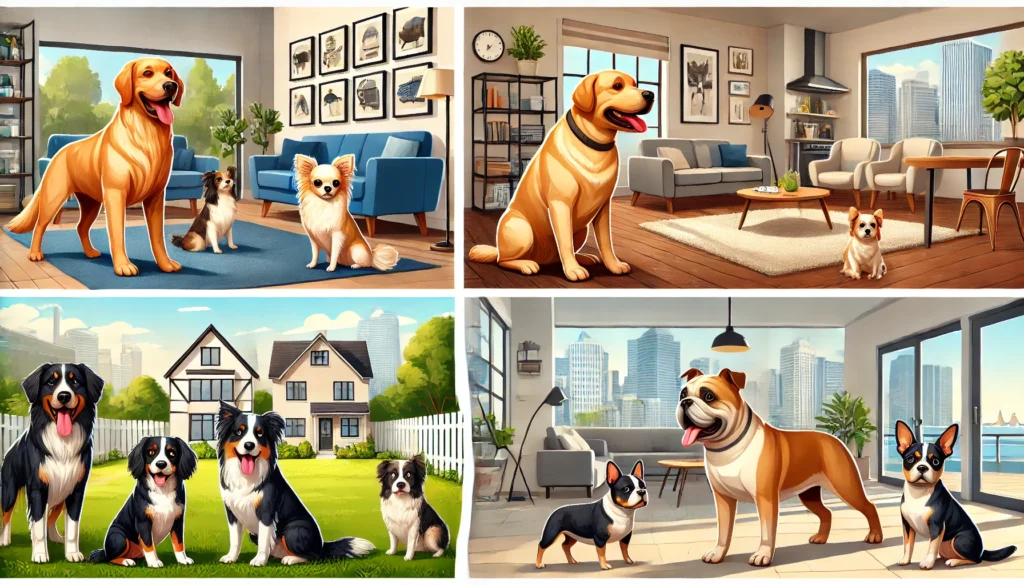
**Real-life Example:** The Johnson family loved the idea of a Border Collie, but their sedentary lifestyle and small apartment weren’t suitable for this high-energy, intelligent breed. After consulting with a breed specialist, they opted for a Cavalier King Charles Spaniel, which better matched their living situation and exercise capabilities.
## 4. To Groom or Not to Groom?
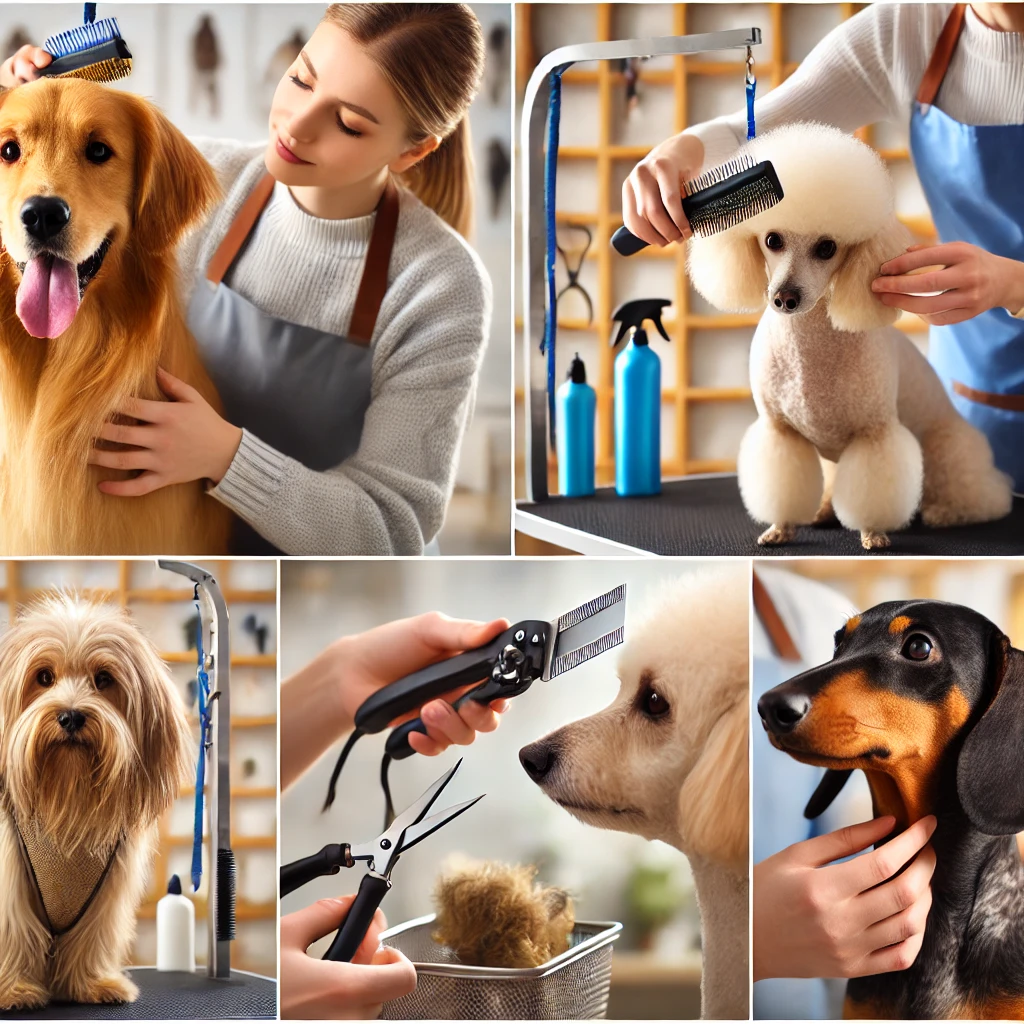
Grooming is an often-overlooked aspect of dog ownership that can significantly impact your time and budget. Let’s explore the grooming needs of different coat types:
Long-haired Breeds
Breeds like the Pekingese, Afghan Hound, or Yorkshire Terrier require daily brushing to prevent mats and tangles. They also need regular baths and may require professional grooming every 4-8 weeks.
**Pro Tip:** Invest in quality grooming tools and learn proper techniques to save money on professional grooming.
Short-haired Breeds
While easier to maintain, short-haired breeds like Labrador Retrievers or Beagles still benefit from weekly brushing to remove loose hair and distribute skin oils.
Professional Grooming Needs
Some breeds, particularly those with continuously growing hair like Poodles or Schnauzers, require professional grooming every 4-8 weeks. This can cost $50-$100 per session, depending on the size of the dog and your location.
### Shedding Considerations
If you’re sensitive to dog hair or simply prefer a cleaner house, consider the shedding tendencies of different breeds:
– High shedders: Saint Bernard, Akita, German Shepherd
– Moderate shedders: Labrador Retriever, Beagle, Pug
– Low/No shedders: Portuguese Water Dog, Miniature Schnauzer, Poodle
**Expert Insight:** Professional groomer Lisa Chen advises, “Regular at-home brushing, regardless of coat type, can significantly reduce shedding and make professional grooming sessions easier and potentially less frequent.”
5. Do Your Personalities Mesh?
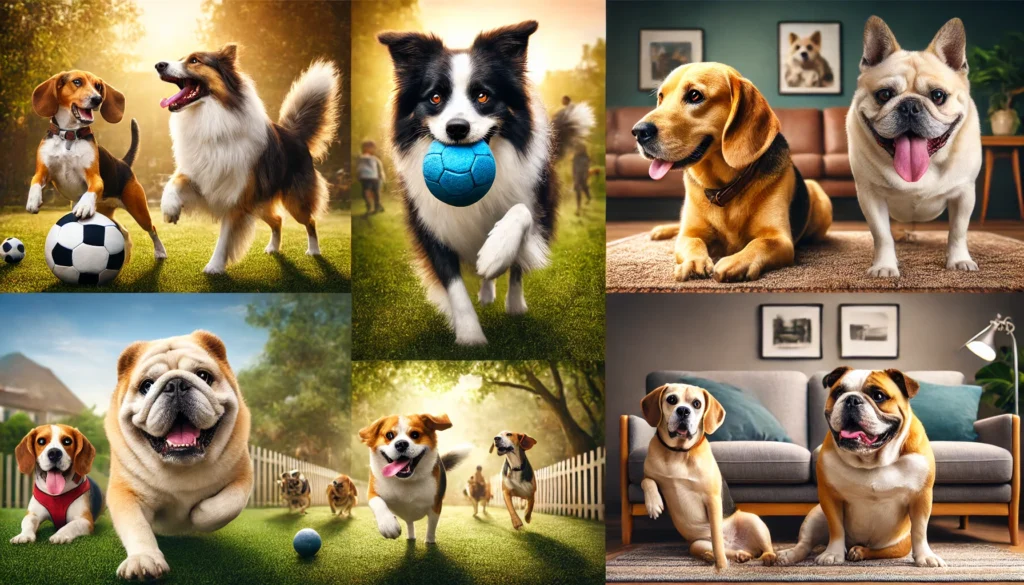
Just like humans, dogs have distinct personalities. Finding a dog whose temperament complements your own can lead to a harmonious household.
Energy Levels
Consider how much physical and mental stimulation you can provide:
– High energy: Breeds like Border Collies or Jack Russell Terriers need daily runs, hikes, or intense play sessions.
– Medium energy: Breeds like Labrador Retrievers or Cocker Spaniels are satisfied with regular walks and play.
– Low energy: Breeds like Bulldogs or Basset Hounds are content with short walks and lots of cuddle time.
Compatibility with Children and Other Pets
If you have children or other pets, it’s crucial to choose a dog that will integrate well into your existing family dynamic:
– Kid-friendly breeds: Golden Retriever, Labrador, Pug
– Good with other pets: Beagle, Pug, Collie
– Independent breeds (may be less tolerant of rough play): Chow Chow, Shar Pei, Afghan Hound
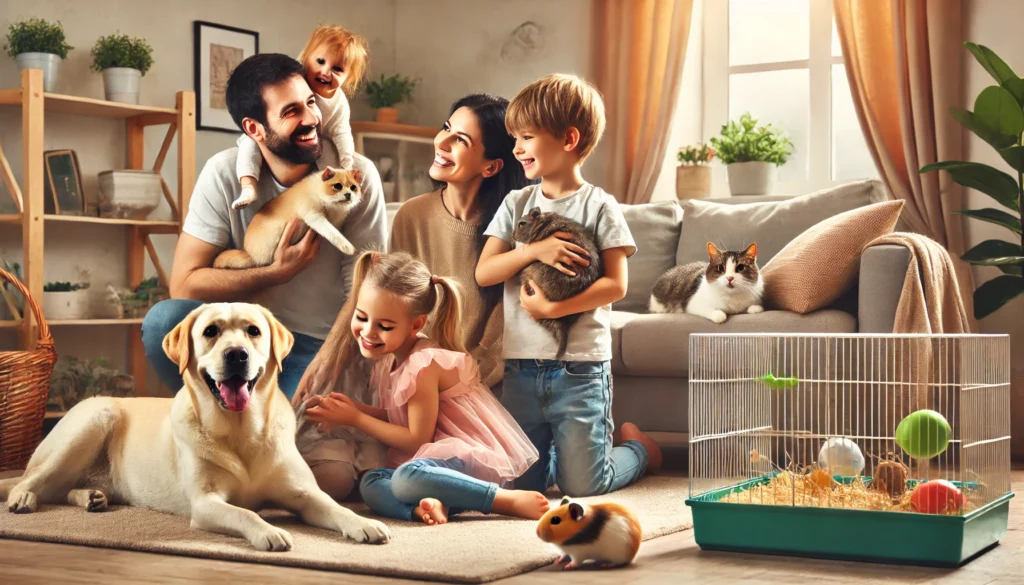
**Real-life Example:** The Martinez family, with three young children and a cat, chose a Golden Retriever for its patient, friendly nature. The dog quickly became an integral part of the family, playing gently with the kids and respecting the cat


